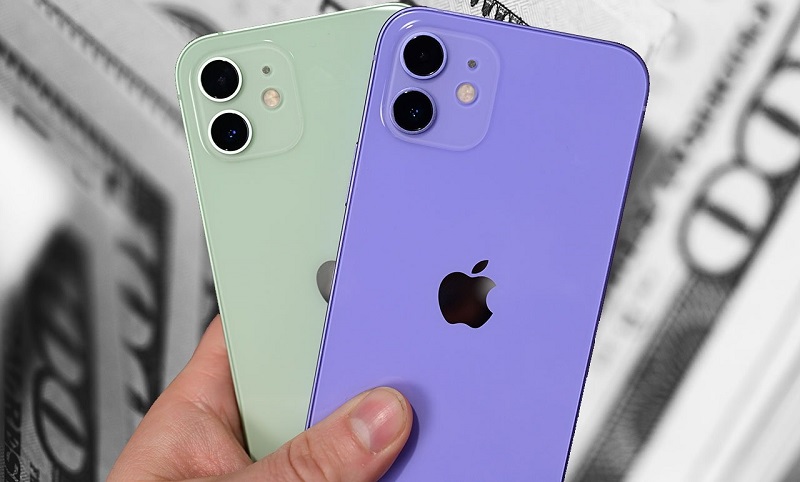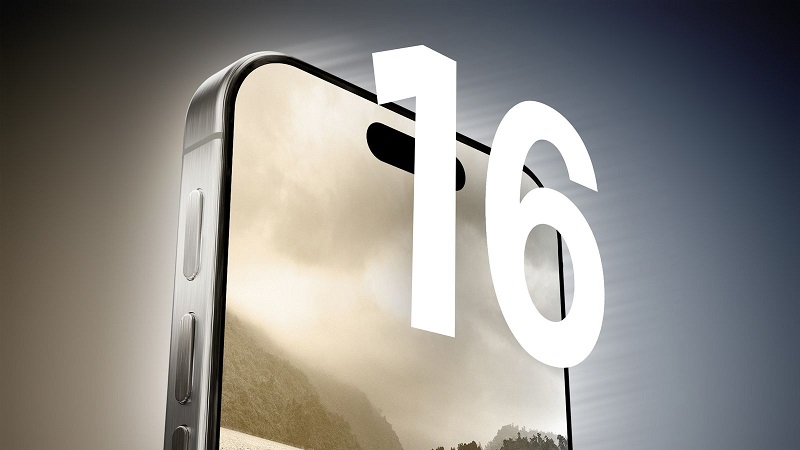- Sell Your Devices
- Sell Your iPhone
- iPhone 16 Pro Max
- iPhone 16 Pro
- iPhone 16 Plus
- iPhone 16
- iPhone 15 Pro Max
- iPhone 15 Pro
- iPhone 15 Plus
- iPhone 15
- iPhone 14 Pro Max
- iPhone 14 Plus
- iPhone 14 Pro
- iPhone 14
- iPhone 13 Pro Max
- iPhone 13 Pro
- iPhone 13
- iPhone 13 mini
- iPhone SE 3rd Gen
- iPhone 12 Pro Max
- iPhone 12 Pro
- iPhone 12
- iPhone 12 mini
- iPhone 11 Pro Max
- iPhone 11 Pro
- iPhone 11
- Sell Your Samsung
- Sell Your iPad
- iPad Pro 13″ M4 (2024)
- iPad Pro 11″ M4 (2024)
- iPad Pro 12.9″ 6th Gen (2022)
- iPad Pro 12.9″ 5th Gen (2021)
- iPad Pro 13″ M4 (2024)
- iPad Pro 11″ M4 (2024)
- iPad Pro 11″ 4th Gen (2022)
- iPad Pro 11″ 3rd Gen (2021)
- iPad Pro 11″ 4th Gen (2022)
- iPad Pro 11″ 3rd Gen (2021)
- iPad Air 13″ M2 (2024)
- iPad Air 11″ M2 (2024)
- iPad Air 5th Gen
- iPad Mini 6th Gen
- iPad 10th Gen
- iPad 9th Gen
- Sell Your Macbook
- MacBook Air 2024 (15-inch, M3 Chip)
- MacBook Air 2024 (13-inch, M3 Chip)
- MacBook Air 2023 (15-inch, M2 Chip)
- MacBook Air 2022 (13-inch, M2 Chip)
- MacBook Pro 2023 (16-inch, M3 Chip)
- MacBook Pro 2023 (16-inch, M2 Pro)
- MacBook Pro 2023 (14-inch, M3 Chip)
- MacBook Pro 2023 (14-inch, M2 Pro)
- MacBook Pro 2022 (13-inch, M2 Chip)
- MacBook Pro 2021 (16-inch, M1 Pro)
- MacBook Pro 2021 (14-inch, M1 Pro)
- Sell Your iPhone
- How it Works
- We are Local
- Pricing
- Support
iPhone Trade-In vs. Reselling: What’s the Best Option?
As a professional in the mobile phone industry, I often get asked, “What’s the best way to get the most value for my used iPhone? Should I go for a trade-in or resell it myself?” Both options have their distinct advantages and disadvantages, depending on the user’s priorities—whether it’s convenience, speed, or maximizing cash returns. In this article, I’ll dive deep into both options, backed by objective data, to help you understand which one might be the best fit for you.
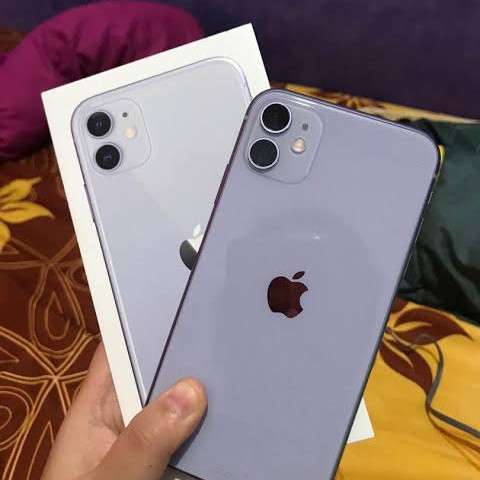
Understanding iPhone Trade-In Programs
iPhone trade-in programs are offered by various players in the market—Apple itself, carriers, big retailers like Best Buy, and specialized recycling services. The core idea is simple: you trade in your old iPhone for credit toward a new device or gift card. This method appeals to users looking for a quick and hassle-free way to dispose of their old phones.
1.1 Trade-In Values by Provider
The trade-in value for an iPhone varies significantly depending on the provider. For example, as of 2024, Apple’s official trade-in program offers up to $640 for an iPhone 13 Pro Max in good condition. Meanwhile, carriers like Verizon or T-Mobile may offer similar or slightly higher values but often tie them to new contracts or specific conditions. Independent trade-in platforms like Gazelle or Phoneto might offer less, but they provide flexibility without the need for contract commitments.
1.2 Convenience and Speed
Trade-in programs are designed for convenience. Apple’s program, for instance, allows customers to trade in their device in-store or mail it in using a prepaid shipping label. Typically, the entire process takes just a few days to a week, depending on the condition verification process. In contrast, carriers often integrate the trade-in process with new phone purchases, making it a seamless experience for those who prefer an all-in-one service.
1.3 Environmental Impact
Another angle that trade-in programs highlight is their positive impact on the environment. Many providers, including Apple, emphasize recycling and responsible disposal of old devices, ensuring that e-waste is minimized. According to Apple, nearly 10 million devices were recycled through their trade-in program in 2023 alone.
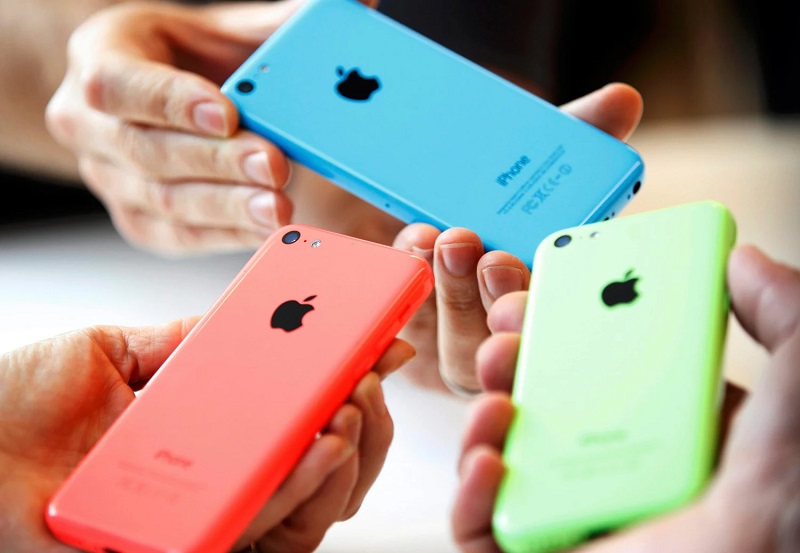
2. Reselling Your iPhone: The High-Return Option
On the other hand, reselling an iPhone directly to another buyer through platforms like eBay, Swappa, or Facebook Marketplace can often yield higher returns. This option, however, requires more effort and involves certain risks.
2.1 Potential Returns from Reselling
When reselling, the potential to earn more than a trade-in is significant. For instance, the same iPhone 13 Pro Max that Apple offers $640 for in a trade-in can sell for up to $900 on eBay or Swappa, depending on its condition and included accessories. This difference can be even more pronounced for newer models or phones in pristine condition.
2.2 Time and Effort Considerations
The potential for higher returns comes at a cost—time and effort. Selling directly means taking high-quality photos of the device, writing a detailed description, and handling inquiries from potential buyers. Once sold, you also need to deal with shipping or meeting the buyer in person. Additionally, platforms like eBay charge seller fees that can range from 10% to 15%, which reduces the net profit.
2.3 Risks Involved in Reselling
While the returns can be higher, reselling directly involves risks. Fraud, non-payment, and scams are common concerns for sellers. According to a 2023 survey by Swappa, 15% of users reported issues with buyers, ranging from fraudulent payment attempts to disputes over the condition of the device. Platforms like Facebook Marketplace and Craigslist also require local meetups, which can pose safety risks.
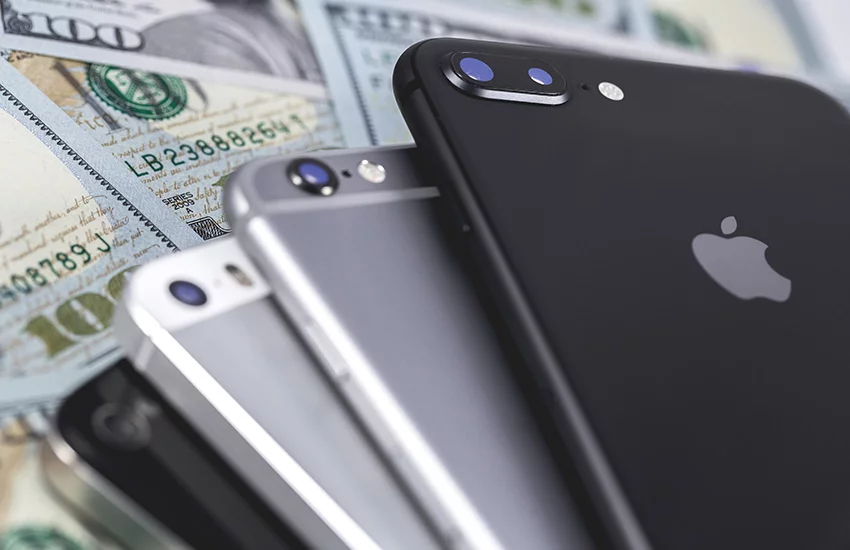
3. Key Differences and What They Mean for Sellers
3.1 Convenience vs. Maximum Value
The trade-off between convenience and maximum value is evident. Trade-in programs, especially those by Apple or major carriers, provide an easy and fast way to dispose of an old iPhone while getting immediate credit or cash. This option is best suited for individuals who prefer a streamlined process with minimal hassle.
On the other hand, those who are willing to invest time and effort in reselling their iPhones directly can earn significantly more. Platforms like eBay, Swappa, and Facebook Marketplace allow sellers to set their prices, negotiate with buyers, and avoid intermediaries.
3.2 Control Over the Selling Process
Reselling also gives the seller more control over the selling process. You can decide the selling price, choose the buyer, and negotiate terms. This level of control can lead to better outcomes if the seller is knowledgeable about market trends and pricing.
3.3 Potential for Negotiation
Platforms that facilitate direct reselling, such as Facebook Marketplace, often allow for negotiation, which can be an advantage for savvy sellers. Negotiation can sometimes increase the final selling price, but it also requires skill and patience. In contrast, trade-in values are usually fixed and non-negotiable.
3.4 Environmental and Ethical Considerations
Both options offer some level of ethical consideration. Trade-in programs often emphasize recycling and responsible disposal, which can appeal to environmentally conscious users. Reselling, however, also has its merits in terms of sustainability; by reselling a device, you extend its life cycle and reduce e-waste.
Conclusion: Choosing the Best Option for You
As an industry professional, my advice is to weigh the pros and cons based on your priorities. If you value convenience and speed and are content with a slightly lower return, then a trade-in might be the best option. However, if your goal is to maximize cash returns and you are willing to invest time and handle the process yourself, reselling is the way to go.
Ultimately, both options have their unique benefits, and the choice depends on what you value most—convenience, speed, environmental impact, or maximizing financial returns. Knowing the facts, understanding the market, and choosing the platform that aligns with your needs will help you make the most informed decision.
Related Posts
4Sep



